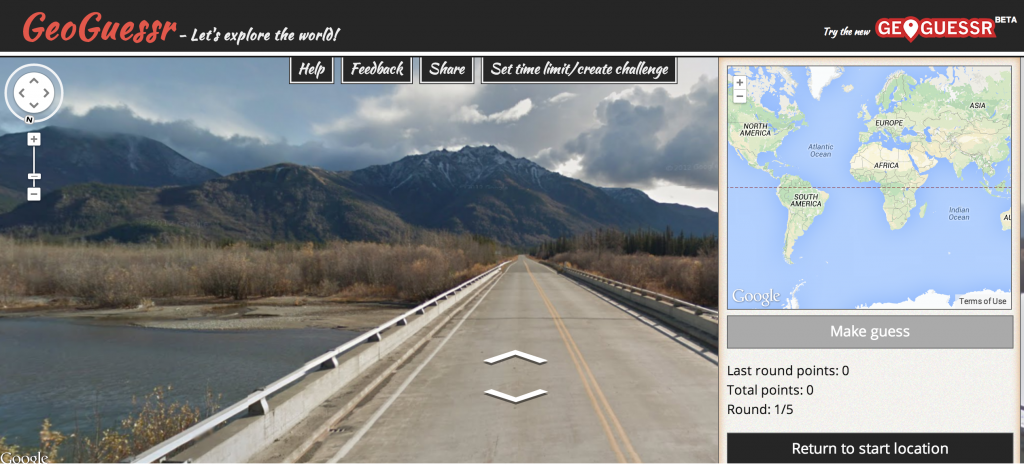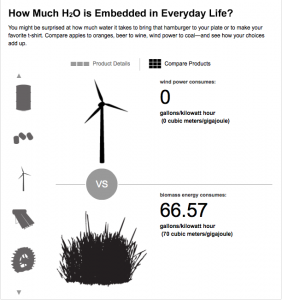
With scientists around the world gathering data in support of climate change accelerated by human factors, the BBC created a game to introduce some of the dilemmas this may present to governments around the world. The goals of the interactive atmosphere is to give players awareness of what causes climate change, describe policy options available to governments, and give a sense of the challenges facing international climate change negotiators.
In this interactive game, you play as the president of the European United Nations, and you represent part of the Intergovernmental panel for climate change. The game consists of ten turns, with each turn representing a decade. In each turn, you choose up to six policies to enact during the decade, which impact the economic standing of the European nations, as well as energy, food, and water factors. Some policies also have a positive or negative environmental impact, to reduce or cause more emissions linked to climate change. Linked with these policies are popularity meters, based on how the public likes or dislikes the proposed policies – as the President of the European United Nations your job is to establish a strong policy on climate change while keeping the countries happy with your decisions and healthy so that they will continue to elect you to the intergovernmental panel for climate change.
The policies that you choose from in the game are based on actual governmental policy documents (except for those near the end of the game in more futuristic conditions). The scale of the decisions and their impact was scaled back to a single turn for simplicity, and even with this simplistic model the game presents the player with good background knowledge on where policy makers may be having the most trouble meeting climate change requirements and ensuring cooperation with politicians from other governments.
When I played the Climate Challenge, I tried to meet every goal set for the climate reduction plan every 30 years (3 turns). While I was effective in keeping my popularity up for the majority of the game and successfully meeting environmental and emission standards, sometimes my concern for the well being of the people in the European Nations wasn’t as high as it should have been. My results page showed scores of Environmental policy: 89% effectiveness; Wealth: 13% effectiveness; Popularity: 20% effectiveness.
The content of the game does a remarkable job of highlighting different consequences for potential actions, placing the player in the role of a politician fighting to recognize climate change and enact policies corresponding to their impact on reducing human impacts on climate change. It is easy to get lost in the game, learning as you make policy decisions and seeing the potential impacts on the status of nations having to enforce these policies.
The link to the game is here: http://www.bbc.co.uk/sn/hottopics/climatechange/climate_challenge/
A link to the background and description of the game is here: http://www.bbc.co.uk/sn/hottopics/climatechange/climate_challenge/aboutgame.shtml















